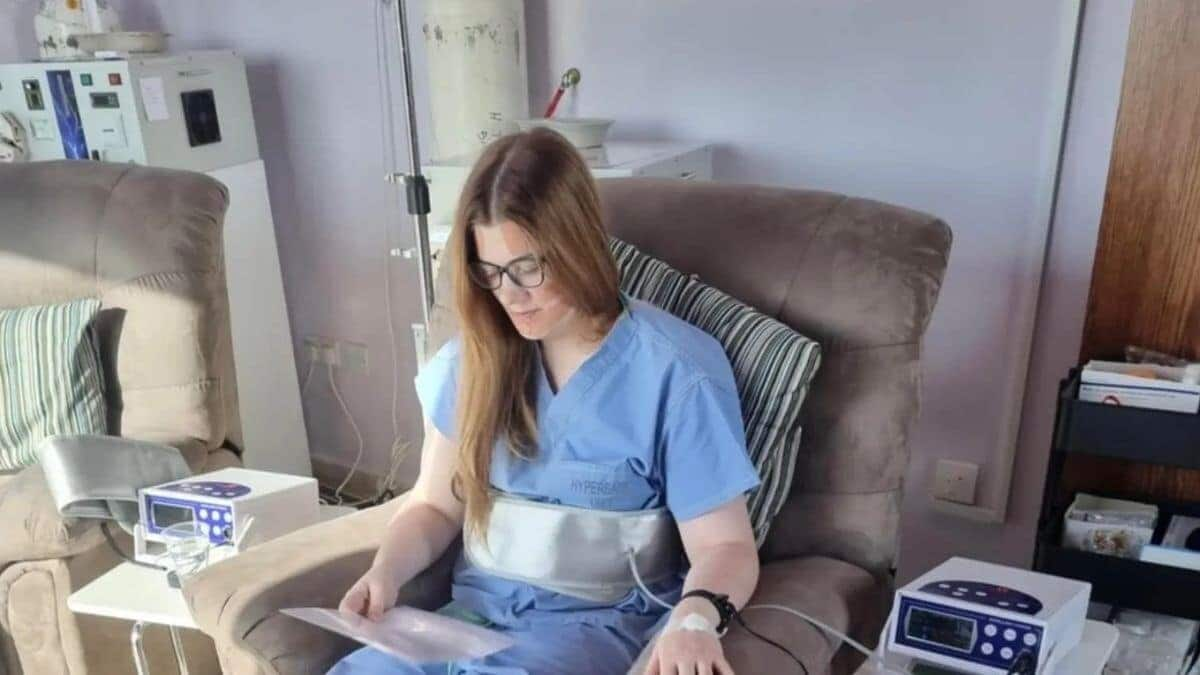
What is 'suicide disease' that 28-year-old Australian woman diagnosed with
What's the story
28-year-old Australian woman Emily Morton has been diagnosed with a rare and excruciating condition called trigeminal neuralgia or the "suicide disease."
The disorder first started manifesting three years ago as what appeared to be a toothache but soon progressed into severe facial pain.
Despite multiple medical consultations, her condition went undiagnosed until recently when she was diagnosed with atypical trigeminal neuralgia.
Personal ordeal
Morton's struggle with 'suicide disease'
Morton described her pain as feeling like "electric shocks" triggered by any contact with her face.
Speaking to news.com.au, she likened the experience to a non-stop dental procedure, saying it felt like "having a dentist drill into every single one of your teeth 24/7."
According to the American Association of Neurological Surgeons, trigeminal neuralgia affects about 150,000 people every year, most commonly those over 50.
Medical explanation
Understanding trigeminal neuralgia and its causes
Trigeminal neuralgia affects the trigeminal nerve, which carries sensation to the face and head.
According to the Cleveland Clinic, it usually occurs due to compression of the nerve by a blood vessel close to the brainstem.
Other causes may include multiple sclerosis or tumors pressing against the nerve.
In Morton's case, however, no particular cause has been identified despite extensive testing.
Current treatment
Morton's ongoing treatment and advocacy plans
Currently, Morton is receiving a revolutionary procedure, MRI-guided focused ultrasound treatment in Australia. The technique targets the Thalamus in the brain to disrupt pain signals but only provides a 50-50 chance of relief.
It costs over $40,000, not covered by Medicare. Despite the challenges, Morton stays hopeful and plans to advocate for others like her.